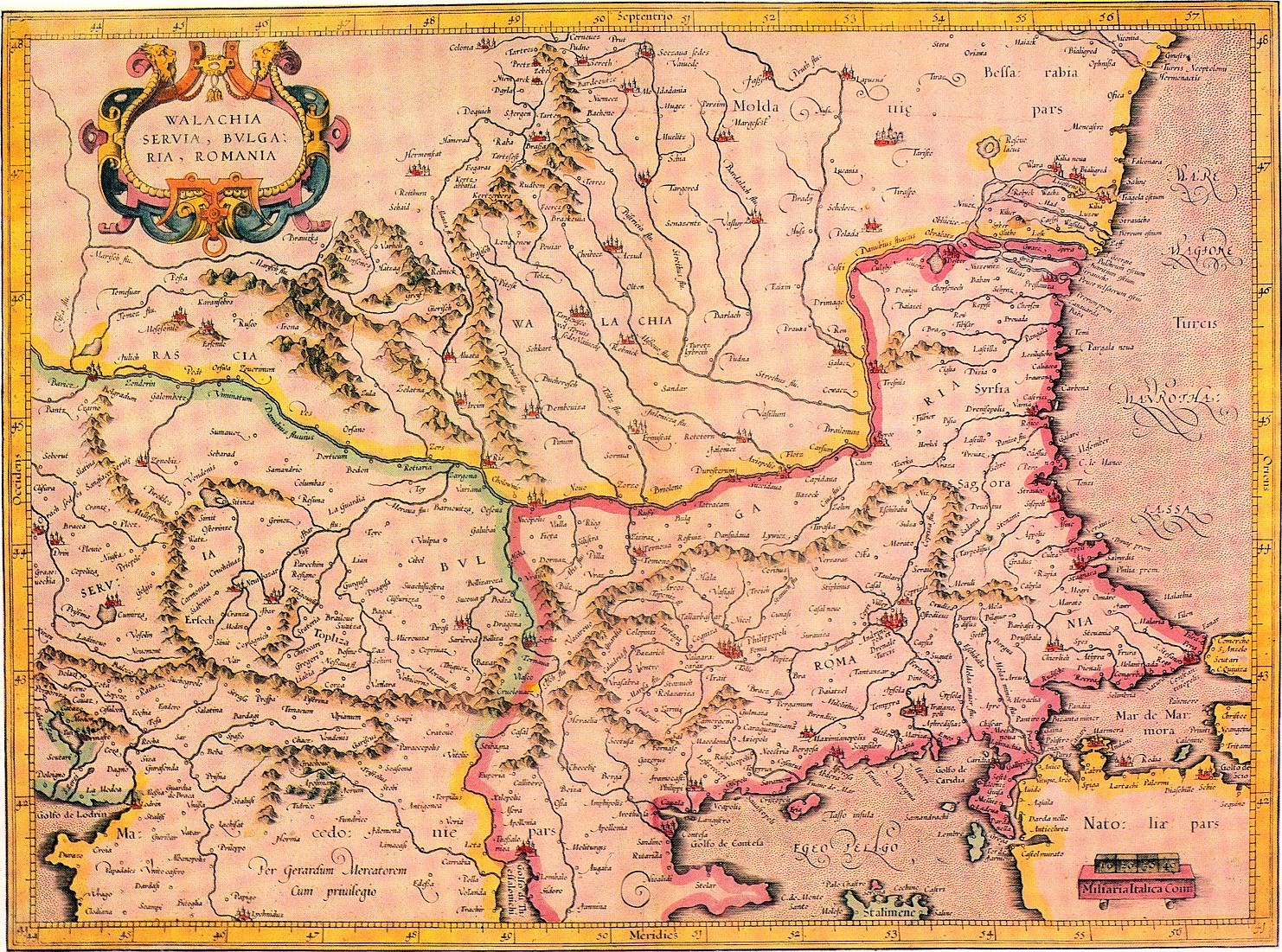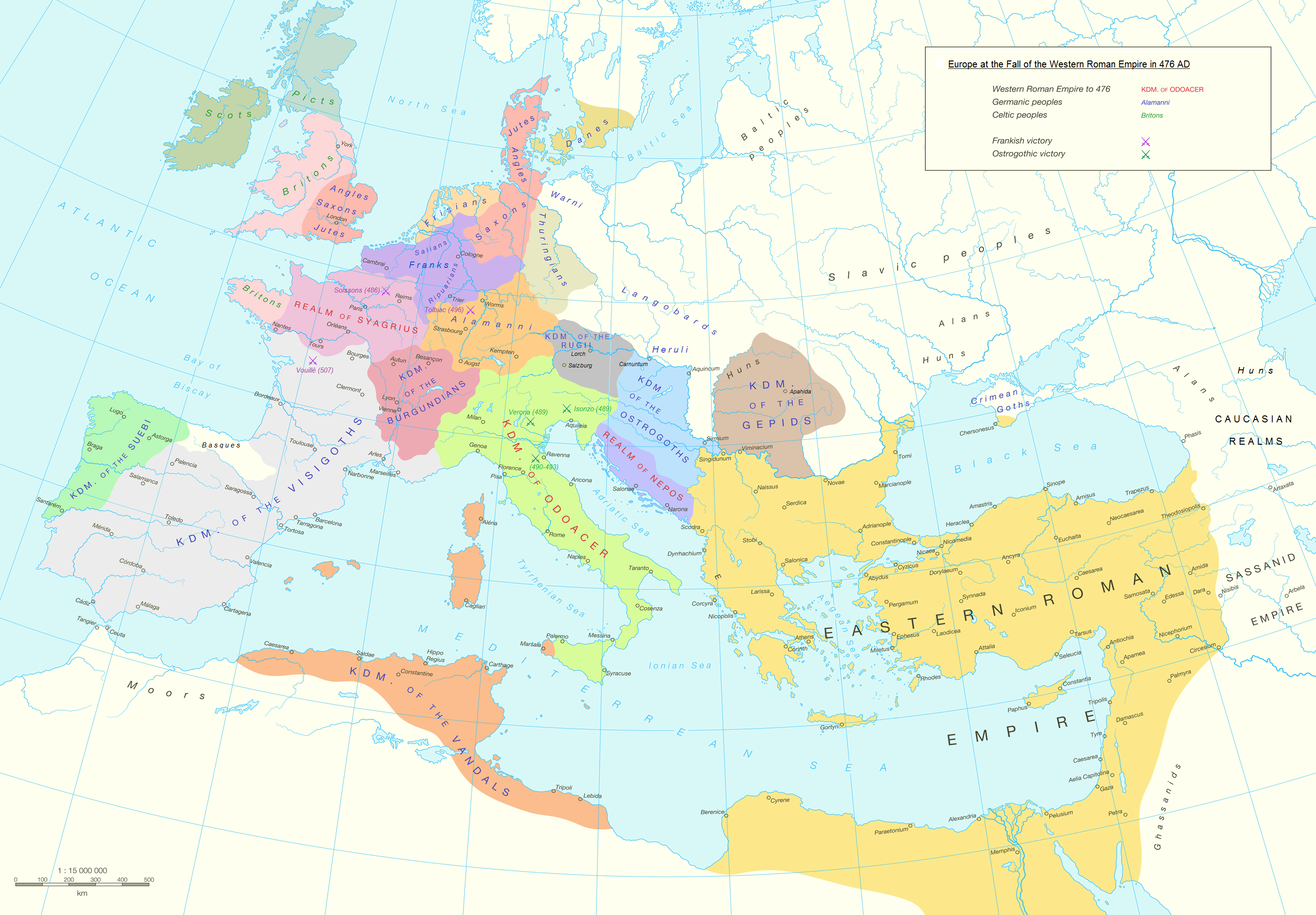|
Dusnok
Dusnok ( hr, Dušnok) is a village in Bács-Kiskun County, in the Southern Great Plain region of southern Hungary. Geography It covers an area of and has a population of 3396 people (2005). Demography Population consists of Magyars, Croats, Germans and Romani. Croats from Dusnok came to that area in 16th century from Slavonia. They speak the Štokavian dialect of Croatian, a Slavonian subdialect (Old-Shtokavian with non-reflected yat pronunciation). Similar dialectal features are seen today among population of Gradište near Županja (in western Syrmia) and around town of Našice in central eastern Slavonia (both in northeastern Croatia). These Croats belong to special group of Danubian Croats: they call themselves Raci. In literature they are also called ''racki Hrvati''. Dusnok Croats' feasts are ''Veliko racko prelo'' ., ''Racki Duhovi'' or ''Racke Pinkusde'' (since 1993.), ''Ivanjdan'', August 20 and ''Berbena svečanost'' (Harvest celebration). History Its name wa ... [...More Info...] [...Related Items...] OR: [Wikipedia] [Google] [Baidu] |
Bács-Kiskun County
Bács-Kiskun ( hu, Bács-Kiskun megye, ) is a county (''megye'' in Hungarian) located in southern Hungary. It was created as a result of World War II, merging the prewar Bács-Bodrog and the southern parts of Pest-Pilis-Solt-Kiskun counties. With an area of 8,445 km2, Bács-Kiskun is the largest county in the country. The terrain is mostly flat with slight emergences around Baja. The county seat and largest city of Bács-Kiskun is Kecskemét. The county is also part of the Danube-Kris-Mures-Tisa euroregion. Geography The county is known across Europe for its natural environment. Kiskunság National Park is located in the area. Location Bács-Kiskun borders Baranya, Tolna, and Fejér on the west (across the Danube River); Pest to the north, Jász-Nagykun-Szolnok and Csongrád on the east, across the Tisza River. To the south Bács-Kiskun shares the international border with Serbia. Bács-Kiskun lies on the Great Hungarian Plain. The difference between its highest ... [...More Info...] [...Related Items...] OR: [Wikipedia] [Google] [Baidu] |
Raci (ethnonym)
Rascians ( sr, Раши, Рашани / ''Raši, Rašani''; la, Rasciani, Natio Rasciana) was a historical term for Serbs. The term was derived from the Latinized name for the central Serbian region of Raška ( la, Rascia; sr-Cyrl, Рашка). In medieval and early modern Western sources, exonym ''Rascia'' was often used as a designation for Serbian lands in general, and consequently the term ''Rasciani'' became one of the most common designations for Serbs. Because of the increasing migratory concentration of Serbs in the southern Pannonian Plain, since the late 15th century, those regions also became referred to as ''Rascia'', since they were largely inhabited by ''Rasciani'' (Rascians). Among those regions, term ''Rascia'' (Raška) was most frequently used for territories spanning from western Banat to central Slavonia, including the regions of Syrmia, Bačka, and southern Baranja. From the 16th to the 18th century, those regions were contested between the Ottoman Empire and ... [...More Info...] [...Related Items...] OR: [Wikipedia] [Google] [Baidu] |
Countries Of The World
The following is a list providing an overview of sovereign states around the world with information on their status and recognition of their sovereignty. The 206 listed states can be divided into three categories based on membership within the United Nations System: 193 UN member states, 2 UN General Assembly non-member observer states, and 11 other states. The ''sovereignty dispute'' column indicates states having undisputed sovereignty (188 states, of which there are 187 UN member states and 1 UN General Assembly non-member observer state), states having disputed sovereignty (16 states, of which there are 6 UN member states, 1 UN General Assembly non-member observer state, and 9 de facto states), and states having a special political status (2 states, both in free association with New Zealand). Compiling a list such as this can be a complicated and controversial process, as there is no definition that is binding on all the members of the community of nations conc ... [...More Info...] [...Related Items...] OR: [Wikipedia] [Google] [Baidu] |
Germans
, native_name_lang = de , region1 = , pop1 = 72,650,269 , region2 = , pop2 = 534,000 , region3 = , pop3 = 157,000 3,322,405 , region4 = , pop4 = 21,000 3,000,000 , region5 = , pop5 = 125,000 982,226 , region6 = , pop6 = 900,000 , region7 = , pop7 = 142,000 840,000 , region8 = , pop8 = 9,000 500,000 , region9 = , pop9 = 357,000 , region10 = , pop10 = 310,000 , region11 = , pop11 = 36,000 250,000 , region12 = , pop12 = 25,000 200,000 , region13 = , pop13 = 233,000 , region14 = , pop14 = 211,000 , region15 = , pop15 = 203,000 , region16 = , pop16 = 201,000 , region17 = , pop17 = 101,000 148,00 ... [...More Info...] [...Related Items...] OR: [Wikipedia] [Google] [Baidu] |
House Of Cseszneky
Cseszneky is a surname of Hungarian origin. Notable people * Benedek Cseszneky, office holder, diplomat * György Cseszneky, castellan of Tata and Győr * Gyula Cseszneky (1914-ca 1970) poet, translator, Macedonian Voivode * Imre Cseszneky, agriculturalist, horse breeder * Jakab Cseszneky, royal swordbearer, lord of Trencsén Castle, builder of Csesznek Castle * János Cseszneky, infantry commander, castellan of Győr * Mátyás Cseszneky, cavalry commander * Mihály Cseszneky, vice-castellan of Várpalota Várpalota (; German: Burgschloß) is a town in Western Hungary, in the Transdanubian county of Veszprém. It was a mining town during the Socialist era, but the mines have been closed. Most of the citizens work in the nearby cities, Veszprém or ... * Mihály Cseszneky de Milvány (1910–1975), industrialist See also * Csesznek {{DEFAULTSORT:Cseszneky (surname) Surnames ... [...More Info...] [...Related Items...] OR: [Wikipedia] [Google] [Baidu] |
Bosnia
Bosnia and Herzegovina ( sh, / , ), abbreviated BiH () or B&H, sometimes called Bosnia–Herzegovina and often known informally as Bosnia, is a country at the crossroads of south and southeast Europe, located in the Balkans. Bosnia and Herzegovina borders Serbia to the east, Montenegro to the southeast, and Croatia to the north and southwest. In the south it has a narrow coast on the Adriatic Sea within the Mediterranean, which is about long and surrounds the town of Neum. Bosnia, which is the inland region of the country, has a moderate continental climate with hot summers and cold, snowy winters. In the central and eastern regions of the country, the geography is mountainous, in the northwest it is moderately hilly, and in the northeast it is predominantly flat. Herzegovina, which is the smaller, southern region of the country, has a Mediterranean climate and is mostly mountainous. Sarajevo is the capital and the largest city of the country followed by Banja Luka ... [...More Info...] [...Related Items...] OR: [Wikipedia] [Google] [Baidu] |
Dalmatia
Dalmatia (; hr, Dalmacija ; it, Dalmazia; see names in other languages) is one of the four historical regions of Croatia, alongside Croatia proper, Slavonia, and Istria. Dalmatia is a narrow belt of the east shore of the Adriatic Sea, stretching from the island of Rab in the north to the Bay of Kotor in the south. The Dalmatian Hinterland ranges in width from fifty kilometres in the north, to just a few kilometres in the south; it is mostly covered by the rugged Dinaric Alps. Seventy-nine islands (and about 500 islets) run parallel to the coast, the largest (in Dalmatia) being Brač, Pag, and Hvar. The largest city is Split, followed by Zadar and Šibenik. The name of the region stems from an Illyrian tribe called the Dalmatae, who lived in the area in classical antiquity. Later it became a Roman province, and as result a Romance culture emerged, along with the now-extinct Dalmatian language, later largely replaced with related Venetian. With the arrival of ... [...More Info...] [...Related Items...] OR: [Wikipedia] [Google] [Baidu] |
Catholic
The Catholic Church, also known as the Roman Catholic Church, is the List of Christian denominations by number of members, largest Christian church, with 1.3 billion baptized Catholics Catholic Church by country, worldwide . It is among the world's oldest and largest international institutions, and has played a prominent role in the history and development of Western civilization.Gerald O'Collins, O'Collins, p. v (preface). The church consists of 24 Catholic particular churches and liturgical rites#Churches, ''sui iuris'' churches, including the Latin Church and 23 Eastern Catholic Churches, which comprise almost 3,500 dioceses and Eparchy, eparchies located List of Catholic dioceses (structured view), around the world. The pope, who is the bishop of Rome, is the Papal supremacy, chief pastor of the church. The bishopric of Rome, known as the Holy See, is the central governing authority of the church. The administrative body of the Holy See, the Roman Curia, has its pr ... [...More Info...] [...Related Items...] OR: [Wikipedia] [Google] [Baidu] |
Ottoman Empire
The Ottoman Empire, * ; is an archaic version. The definite article forms and were synonymous * and el, Оθωμανική Αυτοκρατορία, Othōmanikē Avtokratoria, label=none * info page on book at Martin Luther University) // CITED: p. 36 (PDF p. 38/338) also known as the Turkish Empire, was an empire that controlled much of Southeast Europe, Western Asia, and North Africa, Northern Africa between the 14th and early 20th centuries. It was founded at the end of the 13th century in northwestern Anatolia in the town of Söğüt (modern-day Bilecik Province) by the Turkoman (ethnonym), Turkoman tribal leader Osman I. After 1354, the Ottomans crossed into Europe and, with the Ottoman wars in Europe, conquest of the Balkans, the Ottoman Anatolian beyliks, beylik was transformed into a transcontinental empire. The Ottomans ended the Byzantine Empire with the Fall of Constantinople, conquest of Constantinople in 1453 by Mehmed the Conqueror. Under the reign of Sule ... [...More Info...] [...Related Items...] OR: [Wikipedia] [Google] [Baidu] |
Béla III
Béla may refer to: * Béla (crater), an elongated lunar crater * Béla (given name), a common Hungarian male given name See also * Bela (other) * Belá (other) * Bělá (other) Bělá, derived from ''bílá'' (''white''), is the name of several places in the Czech Republic: * Bělá (Havlíčkův Brod District), a municipality and village in the Vysočina Region * Bělá (Mírová pod Kozákovem), a village, a part of the ... {{DEFAULTSORT:Bela de:Béla pl:Béla ... [...More Info...] [...Related Items...] OR: [Wikipedia] [Google] [Baidu] |
Sanja Vulić
Sanja is a South Slavic feminine given name, meaning "she dreams". Notable persons with this name *Sanja Ančić (born 1988), Croatian tennis player *Sanja Bestic (born 1982), Serbian-American director, writer and producer * Sanja Bizjak (born 1988), Serbian pianist *Sanja Bogosavljević (born 1979), Serbian singer *Sanja Damjanović (born 1972), Montenegrin physicist and minister of science * Sanja Doležal (born 1963), Croatian singer and television host * Sanja Đorđević (born 1969), Montenegrin turbo-folk singer *Sanja Gavrilović (born 1982), Croatian hammer thrower *Sanja Grohar (born 1984), Slovenian model and singer *Sanja Ilić (born 1951), Serbian composer, keyboardist and architect * Sanja Iveković (born 1949), Croatian photographer, sculptor and installation artist * Sanja Jovanović (born 1986), Croatian swimmer *Sanja Knežević (born 1984), Montenegrin basketball player * Sanja Malagurski (born 1990), Serbian volleyball player *Sanja Maletić (born 1973), Bosnian ... [...More Info...] [...Related Items...] OR: [Wikipedia] [Google] [Baidu] |



.jpg)